Super Mario Odyssey is a solid addition to the franchise
How should one review “Super Mario Odyssey”? Should we analyze based on previous Mario games? Should a comparison be drawn against other titles the Switch has to offer since its March launch? Or should it get analyzed based upon advancements in graphics? After all, we have come to an age in which every individual hair is rendered onto the beloved plumber’s model. Everything matters when comes to the Odyssey, an adventure so extravagant the classic eight worlds wasn’t enough.
When the first trailers came out for the game, I was skeptical. Mario became a meme for his presence in a Grand Theft Auto type world. The plumber is associated with fantasy world adventures, and seeing the plumber in a world that resembles New York felt out of place. Ever since the 2010 release of “Super Mario Galaxy 2,” Mario hasn’t seen another 3D platform adventure besides the “Super Mario 3D World” franchise. Where the 3D environments were copy paste worlds from the side scroller adventure, so it didn’t bring anything new to the table. With “Super Mario Sunshine”, the 2002 3D adventure release on the GameCube, it was devoid of the classic setting in the Mushroom Kingdom. Taken away from the repetitive worlds, the Delfino Plaza Resort gave new obstacles to Mario. Either having to defeat ghosts in hotels, or fight bosses on a rollercoaster, a new variety of gameplay never experienced was entertaining. In short, I knew inserting Mario into worlds built from the ground up works. When “Super Mario Odyssey” included a world of realism, which was lackluster of the fantasy elements such as hill with eyes, I was drawn back.
It wasn’t until I booted up the game after a software update that I was blasted with the intro of, you guessed it, Peach getting kidnapped by Bowser. The plot kicks in fast after Mario’s hat is torn to shreds then shoved into worlds never seen before. I was hooked. Being able to take your time in worlds without a taunting countdown makes it fun to get a hang of game mechanics while admiring scenic views. Each area brought its own set of challenges, characters, and puzzles. The first thing “Super Mario Odyssey” gets right is explaining the new mechanic of Mario’s stand-in hat, Cappy, your companion on this odyssey. The character brings in new gaming mechanics to the franchise while being someone the player can interact with. During the game, Mario uses Cappy as a weapon, and Cappy can be a guide giving advice. By the time you reach the end of the overarching Bowser chase, you’re met with a grand finale that wouldn’t have been possible without Cappy’s involvement. Everything has a purpose, and when it pays off all the hard work means something. Even after playing through the main storyline, you’re given more puzzles in each world to go back to that keeps the fun going.
Since Mario started flipping between 2D platforming to 3D adventures starting with the 1996 release of “Super Mario 64,” many changes over the whacky controls have persisted. Mario is a guaranteed great side-scroller, but it gets hard to navigate 3D worlds with a set of unbearable controls. Camera angles were something that ruined my gameplay of the 64 release. I could get lost and stuck due to set angles. It didn’t help either that not all controls were set in stone, as I could double jump myself into the dark abyss. In “Super Mario Sunshine,” improvements were made with the Gamecube’s controls. I could do successful wall jumping and complex actions with the help of better camera management and controls. However, something “Super Mario Sunshine” has that “Super Mario Odyssey” does better is the second joy-con on the Switch. Being able to navigate the world with the moving Joy-Con on the left and the camera positioning Joy-Con on the right led to engaging gameplay. A Mario game becomes legendary when even water levels are fun.
I was immersed into the world as I held my switch close, and then, I realized something “Super Mario Odyssey” did wrong. If you like playing with the Joy-Cons attached to the screen, be prepared for the shakes. The shakes start when you realize that many secondary controls need the Joy-Cons to shake in certain directions, and when you shake the Joy-Cons, you shake the screen. The game can be finished without shaking, but makes for awkward times when testing out motion control abilities. It also can make some puzzles harder when you avoid the shaking, but this complaint is only for those who love playing the switch with Joy-Cons attached.
Multiplayer is a hit or miss with the Switch. The small screen on the Switch is harder for two players to play on compared to a full tv screen. When other games scrap the idea altogether, “Super Mario Odyssey” decided to add in the mechanic. The idea is that one player is Mario while another is Cappy. Usually, when I tested this mechanic, I’d play as Mario. It is great until you realize communication and timing with the person you’re playing with is key. Not being able to use Cappy leads to a lot of death screens. When switching my character to Cappy, I realized that there isn’t much to do alongside Mario. The game mode is something that needs getting used to, and I would not recommend buying for a two-player experience.
“Super Mario Odyssey” has gorgeous graphics and hits it home for the classic Mario style. Everything is colored beautifully and nothing feels lazily put together. The score for the game is diverse and sets each world’s mood. Super Mario Odyssey is a solid 9/10.
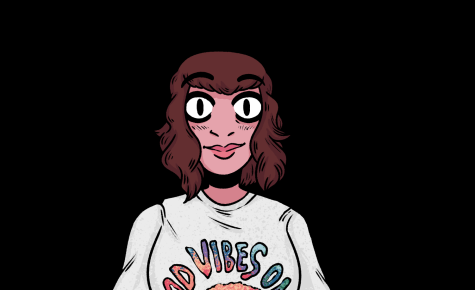
Kennedy Homan is a person of many different problems. She likes ducks too much, she throws stuffed animals at people in school, and she has no social life...


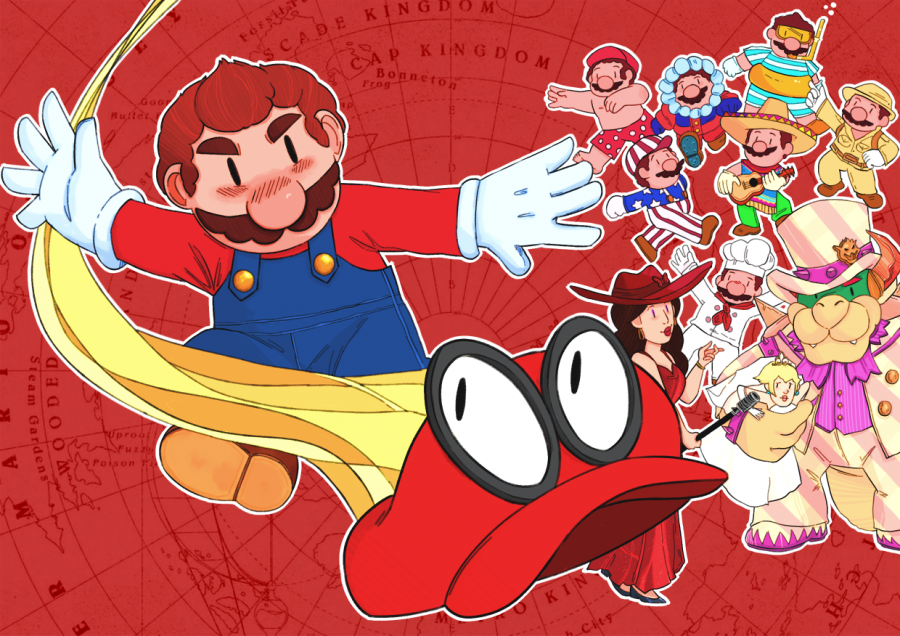


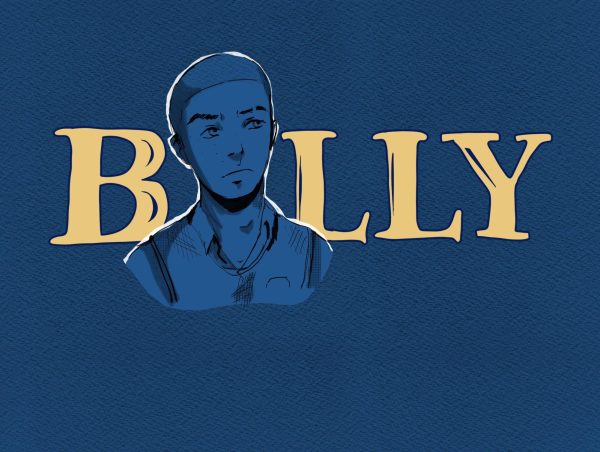

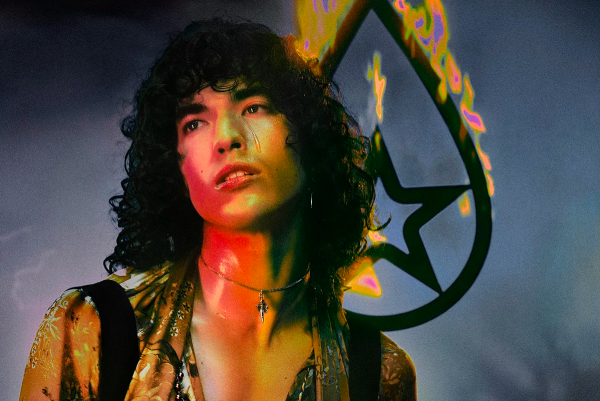

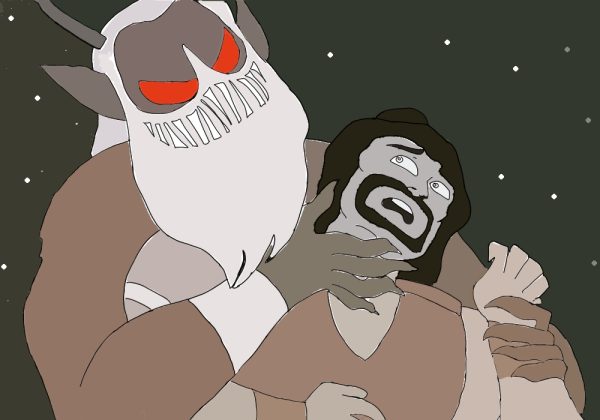
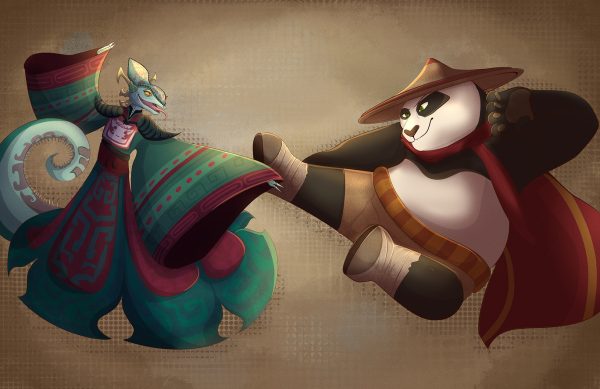
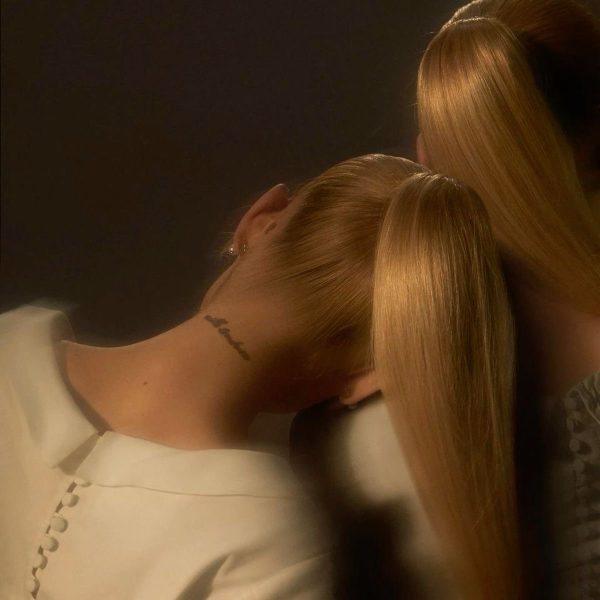
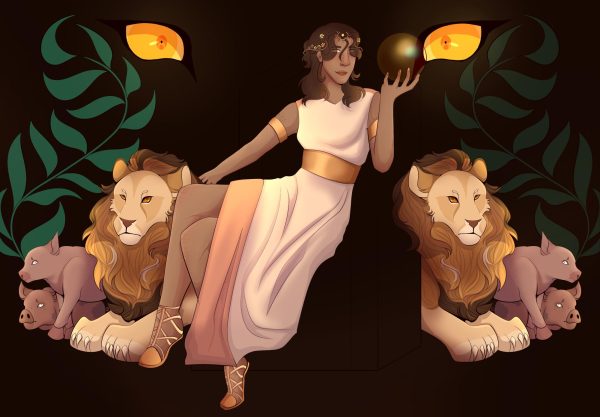
Ariana Z • Nov 20, 2017 at 2:16 pm
yall need to chill
A lifelong Mario fan • Nov 20, 2017 at 10:06 am
Top 5 Kingdoms
(Spoilers)
5. Moon Kingdom
4. Bower’s Kingdom
3.Lake Kingdom
2.Metro Kingdom
1. Mushroom Kingdom
A lifelong Mario fan • Nov 20, 2017 at 10:07 am
This is my opinion. (Obviously)
Nintendo #1 Fan • Nov 28, 2017 at 1:42 pm
It’s a great opinion too.
Chroma • Nov 16, 2017 at 9:06 pm
Splatoon 2 is a team-based third-person shooter video game developed and published by Nintendo for the Nintendo Switch. It is the sequel to the 2015 Wii U title Splatoon, and includes a a story-driven single-player mode, as well as an online multiplayer mode that features up to eight players in online four-versus-four matches. The game was announced in January 2017, and released worldwide on July 21, 2017.
... • Nov 17, 2017 at 12:54 pm
What does this have to do with Odyssey?
Chroma • Nov 18, 2017 at 8:33 pm
Listen, mate, you gotta calm down. I’m not trying to take sides, I’m just stating the facts.
That's harsh • Nov 28, 2017 at 10:40 am
How is he not calm, he just asked what it had to do with Odyssey? That’s a little harsh.
Can I Get Uhhhhhhhh • Nov 16, 2017 at 10:52 am
(mexico mario tho)
... • Nov 17, 2017 at 12:53 pm
Ah yes the costume that outraged people because of it’s inclusion on the box art. Nintendo replaced it … only for more outrage over it’s removal.
Can I Get Uhhhhhhhh • Nov 29, 2017 at 7:43 am
Well, that’s video game communities. Everyone always gets mad over everything and there’s absolutely no way to please everyone.
.... • Dec 19, 2017 at 8:08 am
Thats More than just Game communities
A whiny Nitpicker • Nov 15, 2017 at 1:44 pm
Bowser’s horns are red in the picture. They are Not red in the games. This review gets a 0/10!
A lifelong Mario fan • Nov 15, 2017 at 10:01 am
If you want a review that doesn’t wine about the joy con controller’s for a whole section check pout reviewer’s like Arlo or Ant Dude on YouTube.
Nintendo #1 Fan • Nov 15, 2017 at 9:56 am
Odyssey is the best Mario Game! 10/10 5 Stars 100% Kudos
Nintendo #1 Fan • Nov 15, 2017 at 1:24 pm
It brings back classic gameplay and the open-world feeling that is in a league of it’s own, I don’t think you can compare it to GTA 5 or any game you mentioned. It brings back old gameplay and adds creative fun ideas that are shown throughout the whole game. Controls and movement are outstanding and story is also taking the classic type story to the next level with Mario traveling to new kingdoms based on real world locations and the wedding, outfits, and hat theme is what makes the game beautiful. The graphics are amazing as usual. And I always looked forward to what they revealed next for this game. So that’s why the score is 10/10 5 Stars 100% not a 9/10, because I am a BIG Nintendo Fan so I have experience and feel like these guys are biased, but it is their opinion. So Super Mario Odyssey is a 10/10.
Nintendo #1 Fan • Nov 16, 2017 at 7:40 am
The Joy-Con feature is great as well. You can improve a lot from it.
Henna • Nov 15, 2017 at 8:37 am
“It is great until you realize communication and timing with the person you’re playing with is key.” Until you realize? You make it seem like a bad thing when that’s kind of the case with every co-op game. That’s why voice chat is a thing, and Nintendo even made a chat room feature on the Switch Online app. Teamwork in team games is crucial, and I feel a lot of people don’t understand that. Even in Splatoon 1 and 2, “This way!”, “C’mon!” and “Booyah!” weren’t used enough in my opinion, and many others’ as well. “Help!” in Salmon Run, Splatoon’s version of Call Of Duty: Zombies is also a barely touched button yet absolutely vital, especially since each team is only up to 4 players and disconnects aren’t anything out of the ordinary. If you’re going to knock off a point from 10/10 to 9/10 for a completely optional feature of the game, at least make it relevant. The only “Multiplayer” you wrote about is also limited to Local instead of through the Internet. Many games have Campaign mode and Online mode, giving the player two options of how to play the game with possibly different stories. From what I can gather, using local co-op in Odyssey gives a second player the chance to jump in wherever the first player is in the story. Again, I don’t think that’s worth taking a point off.
Henna • Nov 15, 2017 at 8:38 am
Then again, that’s just my opinion. Not like it matters on the Internet anyway.
darkstripe • Nov 15, 2017 at 10:06 am
honestly i completely agree with you. like the entire point of multiplayer is that you’re working together, and that whole “communicate to play at the same time in multiplayer” thing was the draw of the very first mario game back in 1983. not entirely sure why needing to work with friends is a bad thing according to the author
A Lifelong Mario Fan • Nov 15, 2017 at 1:48 pm
You can’t dock points off it for it’s 2 player mode when it’s just a minor side feature. The game is primarily a single player experience so it’s not worth a whole point off if you ask me. This review spends tons of time painting out small nitpicks and less time talking about the games area’s and collectibles. The point of a review should be to give an in depth analysis of the game and it’s main features not to say that shaking a controller or 2 player is bad.
Nintendo #1 Fan • Nov 16, 2017 at 9:26 am
I definitely think you shouldn’t dock Mario Odyssey for THAT. If you want to do it, do it for something reasonable. For me it’s lack of replay ability and not good save files. This goes to the creator of this article and you guys, but maybe you haven’t played as many games but that’s really faulty.
Nintendo #1 Fan • Nov 16, 2017 at 2:08 pm
I was referring to the creator by the way.